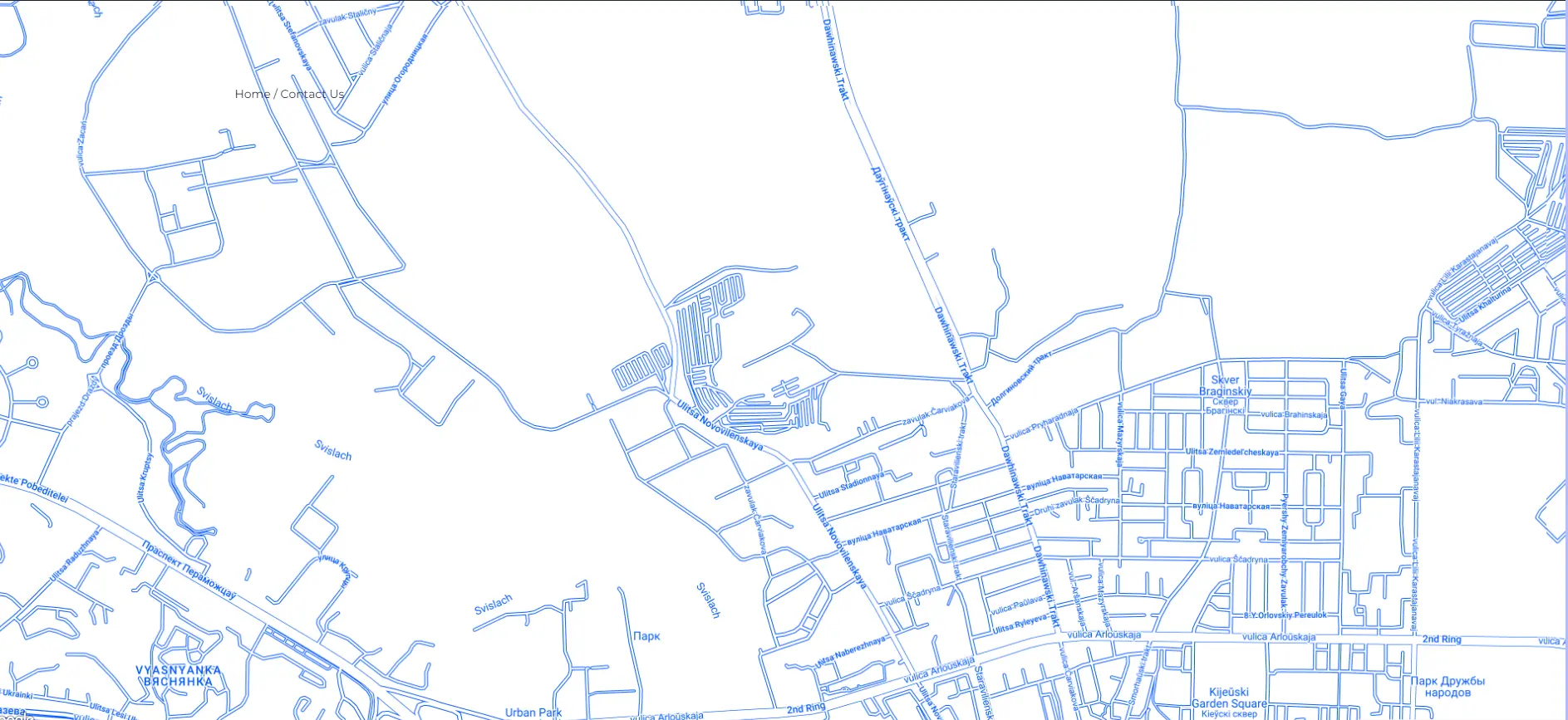Business does not always develop according to the initial plan. Founders may have different views on the company’s strategy, face financial difficulties, or simply wish to end their participation in the project. In such cases, the question arises of one or more participants withdrawing from the founders.
At first glance, the procedure seems simple: it is enough to declare withdrawal and transfer the share to other participants or to the company itself. However, in practice, this process involves a number of legal nuances — from the procedure for assessing and paying the actual value of the share to making changes to the constituent documents and registering them with state authorities. Errors at any stage can lead to disputes between participants, refusal to register changes, or financial losses.
Proper formalization of withdrawal from the founders requires an understanding of corporate law, the procedure for distributing shares, and the consequences for the company itself. In this article, Amby Legal specialists explain how to properly formalize a participant’s withdrawal, what rights and guarantees are provided by law, and in what cases it is advisable to involve a lawyer to protect the interests of the parties.
When a Founder Can Leave a Company
Withdrawal from the founders is a legal way to cease participation in the management and ownership of a share in a company. Such a decision can be dictated by various circumstances: changes in business interests, the need to reallocate assets, conflicts between participants, or simply the desire to exit the project without harming the parties. However, the possibility and procedure for withdrawal depend on the organizational and legal form of the company and the provisions of its charter.
Grounds for a Participant’s Withdrawal
In practice, there are three main scenarios for exiting a business:
Scenario 1. Voluntary withdrawal.
The participant independently decides to cease participation in the company and sends a corresponding statement to the general meeting of participants. In this case, their share passes to the company, which is obliged to pay the actual value of the share within the period established by law.
Scenario 2. Withdrawal as a result of a corporate conflict.
If disagreements arise between the founders that hinder the normal operation of the company, the withdrawal of one of the participants may become a compromise solution to preserve the business.
Scenario 3. Sale of a share.
A participant can withdraw by alienating their share to another participant or a third party. This option requires the consent of other participants in the company, unless otherwise provided by the charter.
Restrictions Established by the Charter or Legal Norms
It is important to note that in joint-stock companies (JSCs), participants do not have the right to unilateral withdrawal: their participation ceases only through the sale or repurchase of shares. For limited liability companies (LLCs), the withdrawal procedure is more flexible, but also requires compliance with all formalities — submitting a written application, determining the actual value of the share, and making changes to the constituent documents.
Features of Withdrawal from LLCs and JSCs
A participant can withdraw from the composition of LLC participants by their application. After withdrawal, the company is obliged to pay them the actual value of the share or transfer property in kind. The share that has passed to the company is distributed among the remaining participants or sold to third parties.
In JSCs, withdrawal as such is not possible. A shareholder can cease participation only by alienating shares — their sale, donation, exchange, or other method of transfer.
Thus, before making a decision to withdraw, it is necessary to carefully study the company’s charter, assess the legal consequences, and choose the safest way to cease participation. Competent legal advice at this stage will help avoid procedural violations and associated risks.
OJSC in Belarus
Register a OJSC in Belarus with professional support at every stage!
Step-by-Step Procedure for a Participant’s Withdrawal from an LLC
The procedure for a participant’s withdrawal from a limited liability company (LLC) is regulated by law and the company’s charter. Despite the seeming simplicity,each stage requires strict adherence to formalities — only in this case will the decision be recognized as legal, and subsequent actions will not raise questions from tax or registration authorities.
Step 1. Submitting a withdrawal application
The first step is to submit a written application for withdrawal from the participants. The document is sent to the company, and the withdrawal date is considered to be the day the company receives the application or the date specified in the application. Details of determining the withdrawal date may be specified in the organization’s charter. The application is signed personally by the participant or their representative by power of attorney, and the application is registered in the internal document flow.
After receiving the application, the company is obliged to notify the remaining participants and begin the share redistribution procedure.
Step 2. Determining the actual value of the share and part of the profit
The next stage is calculating the actual value of the withdrawing participant’s share. The share value is determined based on the balance sheet compiled at the time of the participant’s withdrawal. If necessary, an independent appraisal can be conducted, especially if the participants disagree with the calculation.
The actual value of the share is paid in monetary form, but the payment can be replaced by the transfer of property in kind at the corresponding share value, when agreed with other participants of the company. The payment of the share value is made at the end of the financial year in which the participant withdrew from the company, within 12 months from the date of application.
The withdrawing participant is also paid a portion of the company’s profit attributable to their share from the moment of the participant’s withdrawal until the moment of calculation.
Step 3. Distribution of the share among the remaining participants or the company
After a participant withdraws, their share passes to the company. The company can:
- distribute this share among the remaining participants proportionally to their contributions.
- Sell the share to a third party.
- Reduce the authorized capital by the amount of this share.
The choice of option depends on the decision of the general meeting of participants. All changes must be documented by a meeting protocol.
Step 4. Amending the constituent documents and registering changes with the registration authority
The final stage is making changes to the charter and the Unified State Register of Legal Entities and Individual Entrepreneurs. The following are submitted to the registration authority:
- an application of the established form.
- Protocol of the meeting of participants (or decision of the sole participant).
- New version of the charter or amendment sheet.
- A document confirming payment of the state duty.
After registration of the changes, the company receives updated information about the composition of participants, and the withdrawal process is considered complete.
Compliance with all the listed stages allows for the correct withdrawal from the founders, without registration refusals and possible claims from state authorities. That is why it is recommended to entrust the formalization of the procedure to experienced lawyers who will ensure its full compliance with the legislation.
Calculation and Payment of the Actual Value of the Share
One of the key stages of a participant’s withdrawal from a limited liability company is the determination and payment of the actual value of their share. The correctness of the calculation affects not only the financial result for the withdrawing participant but also the legal stability of the company itself. Errors in valuation or violation of payment deadlines often become grounds for corporate disputes, so the procedure must be carried out strictly in accordance with the legislation of the Republic of Belarus.
Procedure for Share Valuation: Balance Sheet and Independent Appraisal
The actual value of the withdrawing participant’s share is determined, unless otherwise established by the President, based on the balance sheet (or income and expense ledger) compiled at the time of the participant’s withdrawal from the company.
Thus, the company is obliged to prepare an up-to-date balance sheet that reflects the actual state of assets and liabilities,on the date of the participant’s exit.
If disagreements arise between participants regarding the valuation, an independent appraisal of the company’s property is allowed. This approach helps establish a fair market value for the share and reduces the likelihood of future claims.
Terms and Form of Payment
It is established that the moment of settlement with the exiting participant is the date of actual payment of the true value of the share or the date of transfer of property in kind, as determined by the decision of the general meeting of participants.
Payment can be made either in monetary form or by transferring property, if provided for by the company’s charter or a meeting decision. Typically, the payment period does not exceed 12 months from the date of filing the exit application, but specific conditions may be set by the company’s internal documents.
Potential Disputes when Determining the Share Value
In practice, disputes most often arise due to the difference between the book value and the market value of the company’s assets. Participants may disagree with the property valuation, the profit calculation methodology, or the company’s liabilities. Furthermore, violations in the preparation of the balance sheet often become grounds for invalidating the calculation.
To avoid conflicts, we recommend:
- Conducting the calculation with the involvement of an independent appraiser or auditor.
- Recording the results in the minutes of the participants’ meeting.
- Retaining all documents that confirm the correctness of the calculation and payments.
Legally competent formalization of the settlement with an exiting participant helps avoid legal disputes and preserve business relations between the founders. Amby Legal specialists will correctly calculate the true value of the share, prepare the necessary documents, and ensure the legality of the entire procedure.
Sale of a Share to Third Parties and Consent of Participants
A founder does not always wish to exit the company by filing an application. In some cases, selling the share—either to other participants in the company or to third parties—becomes a more advantageous solution. However, such a transaction requires adherence to a specific procedure, as it affects the interests of all company owners.
Difference Between Exit and Alienation of a Share
Exiting and selling a share are different legal mechanisms.
Exiting the company is a unilateral expression of will by a participant. After filing the application, their share transfers to the company, and the company is obliged to pay the true value of this share within the established period.
Selling a share (alienation) is a civil law transaction in which a participant transfers their share to another person (a participant or a third party) on a compensatory basis. In this case, the share does not transfer to the company, but directly to the new owner, and the settlement between the parties occurs by agreement.
Thus, selling a share allows the participant to independently determine the price and terms of transfer, but requires compliance with the consensual procedure established by law and the charter.
Preemptive Right of Participants to Purchase
Other participants in the company have a preemptive right to purchase the share that the participant offers for sale. This means that before selling the share to a third party, the participant is obliged to notify other participants and the company itself in writing of the intention and terms of sale—price, payment procedure, deadlines, and other essential conditions.
If within 30 days (or another period specified in the charter) the participants do not express a desire to exercise their right, the seller gets the opportunity to sell the share to a third party on the same terms.
If the share is sold to a third party on terms better than those offered to the participants, the transaction can be challenged in court.
Algorithm for approving the transaction and registering changes
The procedure for alienating a share includes several stages:
- Stage 1. Preparation of a written notification for other participants and the company, specifying the terms of sale.
- Stage 2. Waiting for a response within the established period regarding consent or refusal of the preemptive right to purchase.
- Stage 3. Conclusion of a written share purchase and sale agreement. If the charter provides for notarization, it is mandatory.
- Stage 4. Amending the constituent documents and registering the transaction with the registering authority. For this, a prescribed application form, minutes of the meeting (or decision of the participant), a sale and purchase agreement, and other documents provided by law are submitted.
Only after state registration is the new owner of the share considered a full member of the company and can exercise their rights.
The sale of a share is a procedure that requires strict adherence to legislation and the terms of the charter. Violations in notification or document processing can lead to the transaction being declared invalid. To avoid such situations, it is advisable to seek legal advice in advance. Amby Legal specialists can correctly prepare the notification, draft the agreement, and ensure the legality of the share transfer to the new owner.
Legal Risks when Withdrawing from the Founders
The process of withdrawing from the founders seems like a formal procedure, but in practice, it is accompanied by a number of legal risks. Ignoring the requirements of legislation or the company’s charter can lead to disputes, refusal to register changes, and even financial liability for the withdrawing participant.
1. Violation of procedure and refusal to register changes
One of the main risks is non-compliance with the established withdrawal procedure: incomplete documentation, untimely submission of applications, errors in constituent documents, or violation of notification deadlines for other participants.
The state registration authority has the right to refuse to register changes if the documents are processed with violations, which delays the participant’s withdrawal and can lead to conflicts with other owners.
2. Disputes between participants regarding the calculation of the share value
Another common cause of conflicts is disagreement with the determination of the actual value of the share. Participants may dispute the calculation based on the balance sheet or the results of an independent valuation. Disputes may concern:
- accounting for company liabilities.
- Profit distribution at the time of withdrawal.
- Market value of property transferred in kind.
Without legal support, such disagreements often escalate into litigation, leading to delays in payments and increased costs for all parties.
Liability of the Withdrawn Participant for the Company’s Obligations
It is important to remember that withdrawal from the company does not release the participant from liability for obligations that arose before the withdrawal date, unless otherwise provided by law. This applies to debts to creditors, tax payments, and contractual obligations. Violation of notification deadlines or share transfer can increase such liability and create additional financial risks.
To minimize the listed risks, it is important to comply with the withdrawal procedure established by law and the charter, correctly process documents, and record settlements with participants. Legal support from Amby Legal specialists ensures the legality of the process, protects the client’s interests, and reduces the likelihood of disputes and claims from the company or third parties.
Conclusion
Withdrawal from the founders is an important corporate step that requires a careful approach and compliance with all legal formalities. Regardless of the reason for withdrawal, violation of the procedure, incorrect calculation of the actual share value, or ignoring the rights of other participants can lead to disputes, financial losses, and refusal to register changes.
Professional legal support at all stages of the procedure minimizes risks, correctly processes documents, and ensures the legality of the transaction.
The team of lawyers at Amby Legal is ready to support the process of withdrawing from the founders, guaranteeing compliance with legislation, protection of client interests, and transparency of all actions related to the transfer of the share.
Contact us
If you have any questions related to the withdrawal from the Board of Founders in Belarus, we will be happy to help! Our long-term experience will help you choose a lawyer to represent your interests.
- +37529142-27-19 (WhatsApp, Viber, Telegram);
- info@ambylegal.by.







